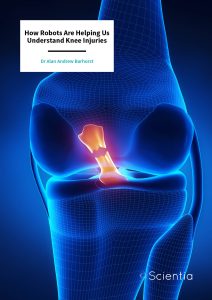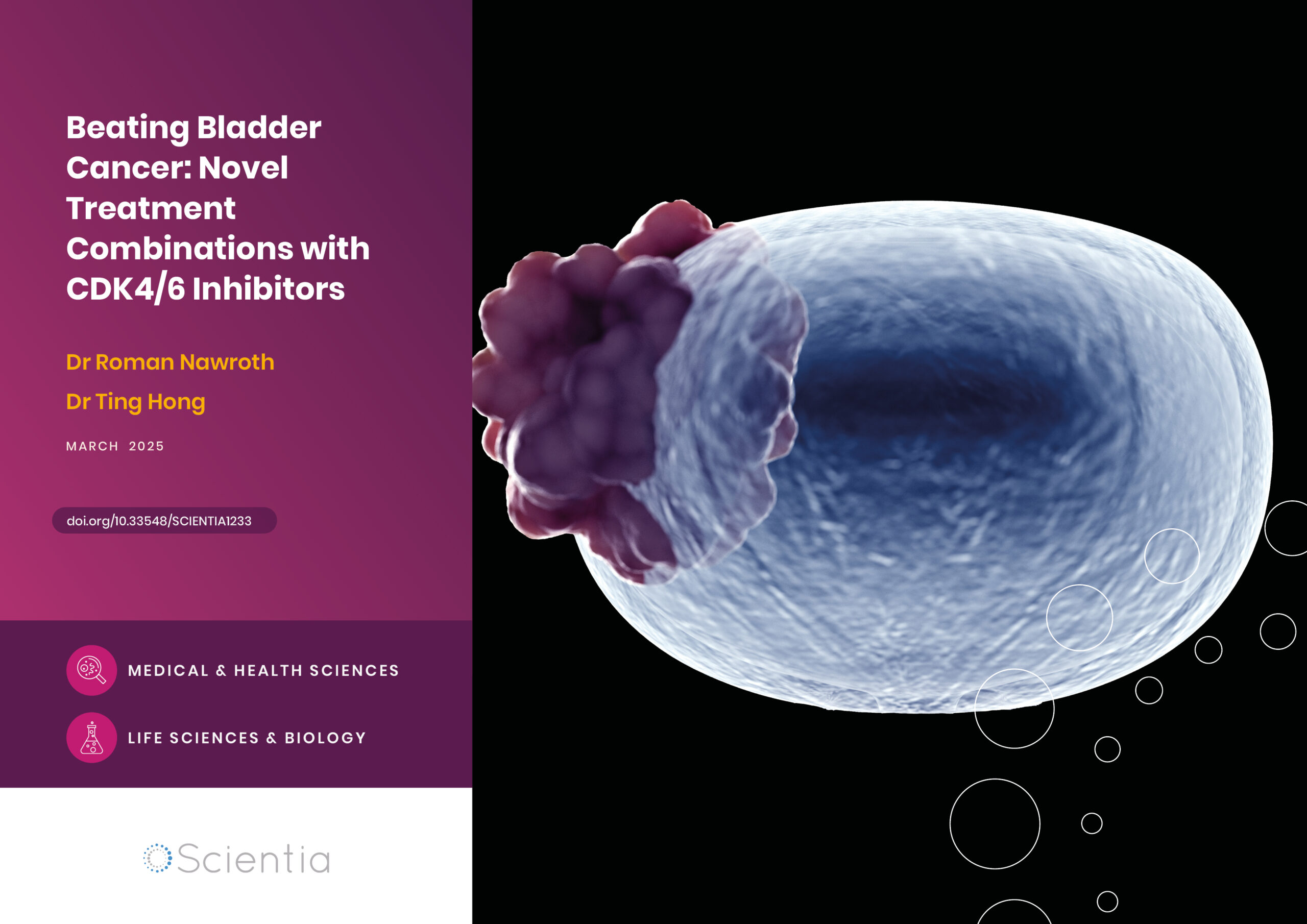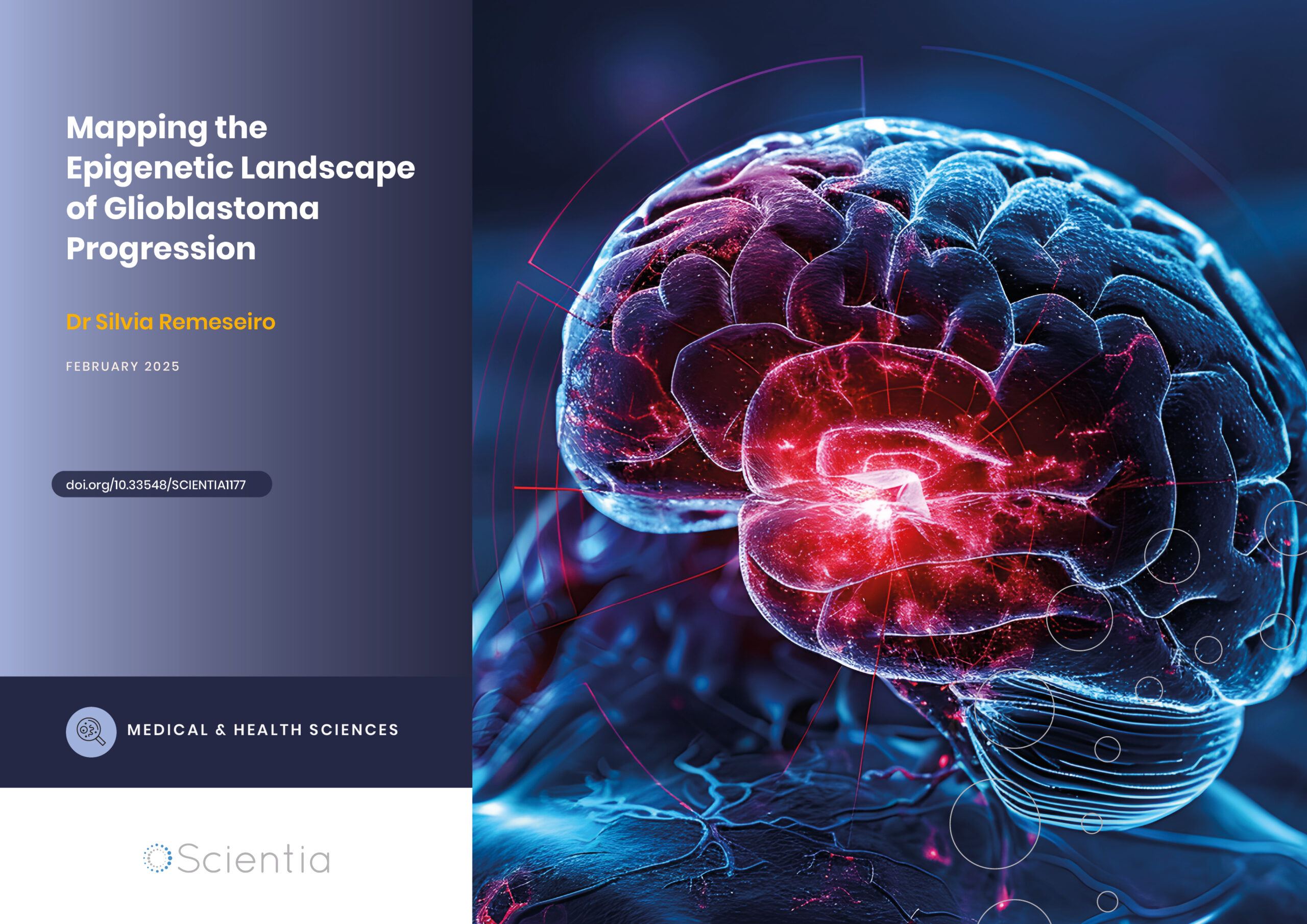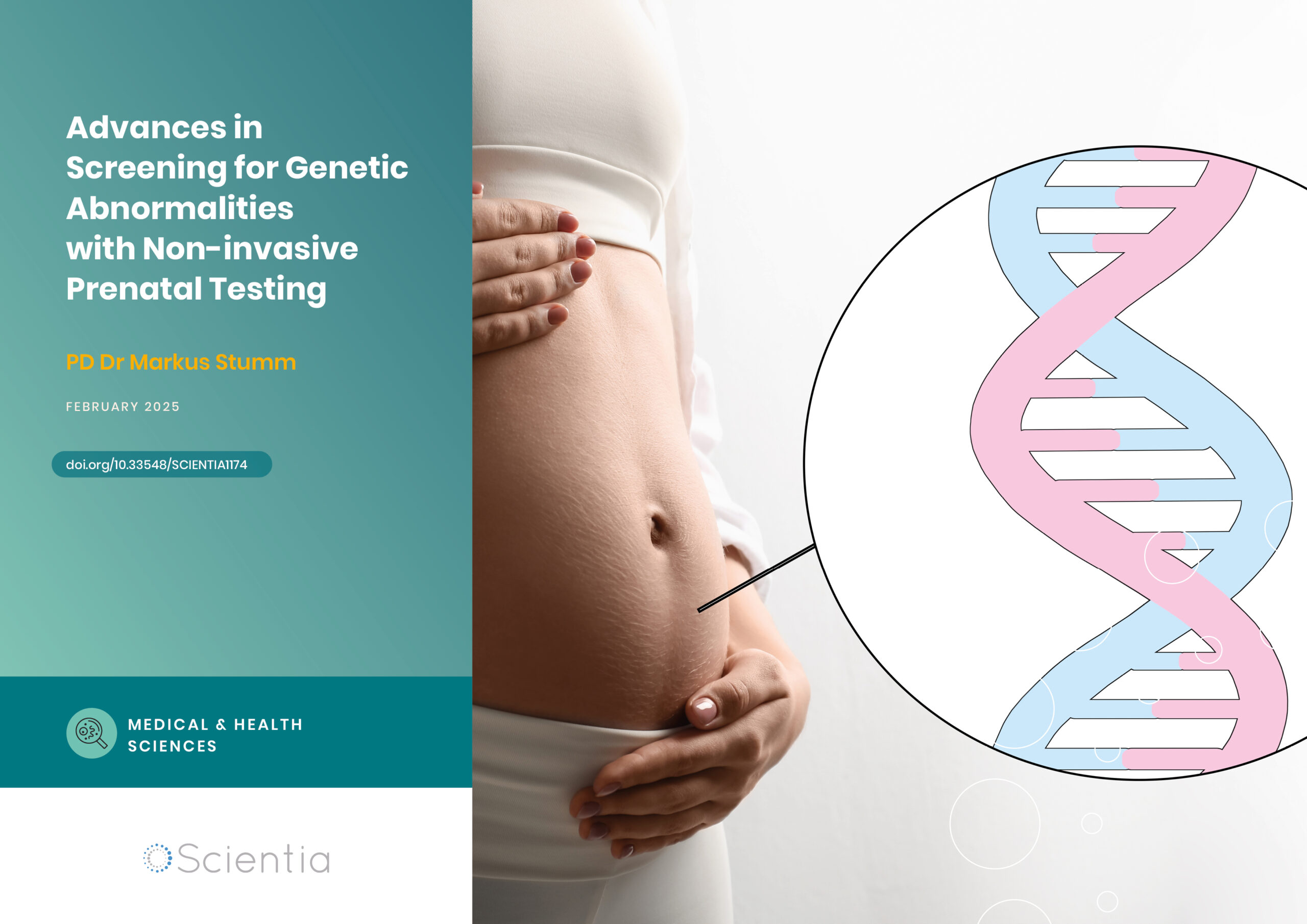Dr Alan Barhorst | How Robots Are Helping Us Understand Knee Injuries
Knee injuries can be notoriously complex. In recent years, many studies have attempted to investigate a potential link between the geometry of the knee and the risk of injury to a ligament called the ACL (anterior cruciate ligament). Dr Alan Barhorst from the University of Lousiana at Lafayette, alongside colleague Mr Ross Wilson, enlisted the help of two robots to perform a biomechanical study of this phenomenon. Their findings provide valuable insight into our vulnerability to ACL injuries.
The Problem with Knee Injuries
In our bodies, the ACL – known in full as the anterior cruciate ligament – provides a thick sheath of connective tissue that not only stabilises our knee but prevents our shinbone (tibia) from sliding in front of our thighbone (femur).
The ACL is a crucial area of study for several reasons. First, the American Board of Orthopaedic Surgeons reports ACL surgery to be one of the most common orthopaedic (bone or muscle) surgeries performed worldwide. Second, ACL injuries are very common in sports that involve a lot of force (e.g., jumping, contact, rapid acceleration and pivot movements). While the posterior, medial and lateral cruciate ligaments also work hard to support the knee, they can usually be rehabilitated with non-surgical treatments such as physiotherapy.
However, if you’ve ever skied, played rugby, or football, run, or are generally very active, you might have experienced ACL pain. That’s because the ACL plays a vital role in supporting and stabilising the knee in all activities, and when subjected to more stress or force than it is able to handle, it becomes injured. And that’s a problem because ACL injuries often require surgery. Dr Alan Barhorst from the University of Louisiana at Lafayette and his colleague, Mr Ross Wilson, are working to better understand how and why such injuries occur in the first place.
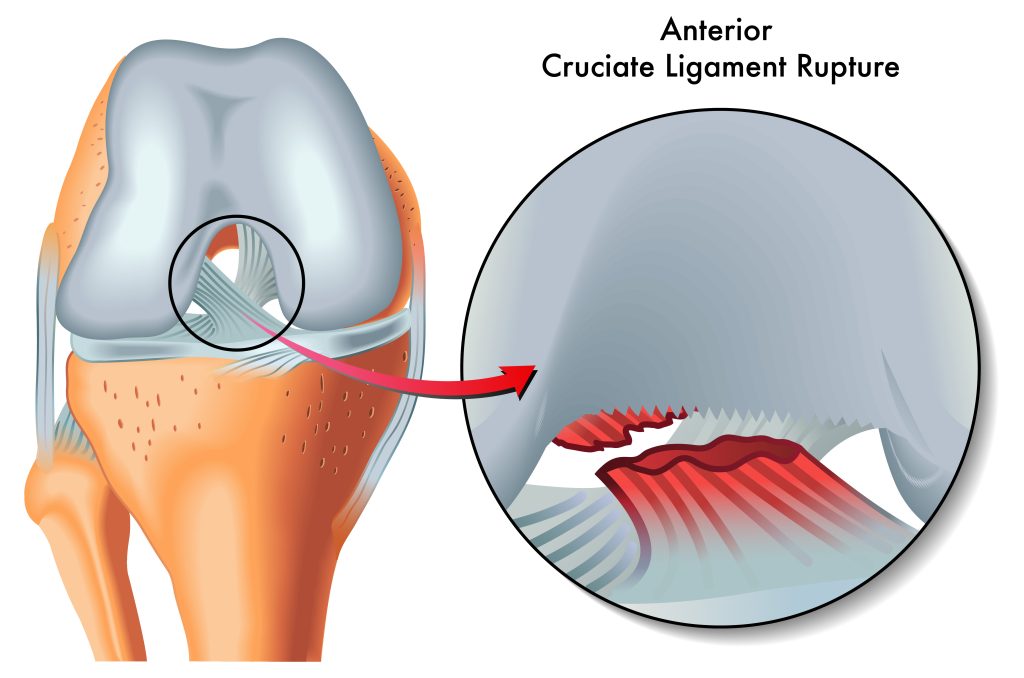
Taking it up a Notch
More specifically, Dr Barhorst and Mr Wilson wanted to know if a smaller-sized intercondylar notch might make us more likely to suffer from injuries to our ACL.
But what exactly is an intercondylar notch? It is called ‘intercondylar’ because it is a deep space that sits between (inter) the two condyles (or rounded ends) of our thighbone (where the thighbone attaches to the knee). It stabilises the knee and also provides the attachment site for the ACL and posterior cruciate ligaments. These ligaments play a vital role in connecting our thighbone to our shinbone.
Dr Barhorst and Mr Wilson looked specifically at whether having a smaller intercondylar notch would be more likely to cause a lateral impingement (causing a transverse load) of the ACL, and whether any observed impingement could be a cause of injury to the ACL.
The Robots Begin
To explore this question, the researchers utilised two robotic manipulators. These robots directed the knee joints of multiple cadavers (corpses), in order to simulate a range of complex biomechanical movements. The use of a two-robot system was necessary because it allowed observation of how the femur and tibia work together across a vast range of movements.
The three female and three male cadavers used were non-osteoarthritic (i.e., without arthritis), and under the age of seventy years. Biomechanical testing allowed Dr Barhorst and Mr Wilson to observe the rate of impingement in these knees, and to also observe if these impingements caused injuries. The experimental data pointed to impingements in five out of the six cadaver knees but these impingements were not a cause of injuries. This suggests that such impingements may actually be a regular and normal occurrence in healthy knees.
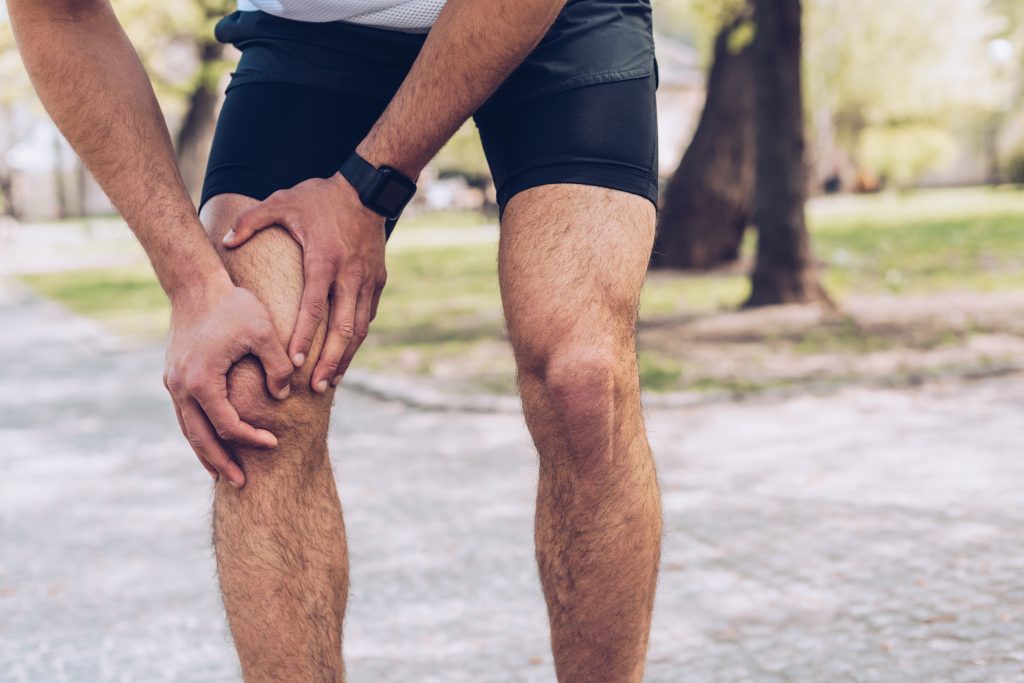
Male and Female Differences
Interestingly, a lower elasticity was reported in the ACL of women. That could potentially mean a lower ability to withstand force and a greater potential for injury of the ACL. Dr Barhorst and Mr Wilson also observed impingement to be more frequent in females, who also exhibited smaller intercondylar notch sizes.
Future Directions and Clinical Implications
Dr Barhorst and Mr Wilson have extended our understanding of ACL injury, providing valuable experimental data. They recommended the use of larger sample sizes, continued testing and 3D anatomical measurements in future studies. Their work ultimately contributes to a fascinating field that helps us to understand, treat, and prevent, knee injuries far more effectively. And this is great news for all of the sports people and fitness fans out there who love to stay active but injury free.
SHARE
DOWNLOAD E-BOOK
REFERENCE
https://doi.org/10.33548/SCIENTIA892
MEET THE RESEARCHER
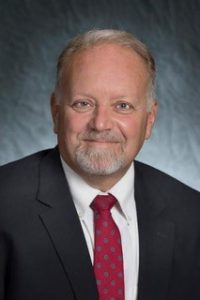
Dr Alan Andrew Barhorst
Department of Mechanical Engineering
University of Louisiana at Lafayette
Lafayette, LA
USA
Dr Barhorst graduated from Texas A&M University in 1984 and 1989 respectively, with a BS degree and then an MS degree in Mechanical Engineering. Dr Barhost went on to complete his studies at his alma mater, being awarded a PhD in Mechanical Engineering in 1991. He is currently Professor and Head of the Mechanical Engineering Department, Alumni Association & LEQSF (Louisiana Education Quality Support Fund) at the University of Louisiana at Lafayette. In addition, Dr Barhost is the inaugural co-editor of the Springer academic journal Data Enabled Discovery and Applications. Elected a Fellow of the American Society of Mechanical Engineers in 2013, Dr Barhost was later awarded a J. Tinsley Oden Faculty Fellowship at the University of Texas at Austin in 2016. His research interests include biomechanics, control system design, dynamics, design, fluid-structure interaction and healthcare engineering.
CONTACT
E: alan.barhorst@louisiana.edu
KEY COLLABORATORS
Mr Ross Wilson, Texas Tech University, TX, USA
FUNDING
Texas Tech University College of Engineering Grant
FURTHER READING
R Wilson, AA Barhorst, Intercondylar Notch Impingement of the Anterior Cruciate Ligament: A Cadaveric In Vitro Study Using Robots, Journal of Healthcare Engineering, 2018, 8698167. DOI: http://doi.org/10.1155/2018/8698167

REPUBLISH OUR ARTICLES
We encourage all formats of sharing and republishing of our articles. Whether you want to host on your website, publication or blog, we welcome this. Find out more
Creative Commons Licence (CC BY 4.0)
This work is licensed under a Creative Commons Attribution 4.0 International License. 
What does this mean?
Share: You can copy and redistribute the material in any medium or format
Adapt: You can change, and build upon the material for any purpose, even commercially.
Credit: You must give appropriate credit, provide a link to the license, and indicate if changes were made.
SUBSCRIBE NOW
Follow Us
MORE ARTICLES YOU MAY LIKE
Revealing the Intricate Links Between Metabolism and Reproduction
The brain plays a vital role in controlling reproductive functions. It helps to maintain a delicate balance of hormones, all of which can be affected by the metabolism. Investigating the impact of the metabolism on reproductive development and function is critical to a better understanding of health and diseases. Professor Carol Fuzeti Elias and Dr Cristina Sáenz de Miera Patín from the University of Michigan in the USA, carry out groundbreaking research in neuroscience, exploring the molecular and neural mechanisms at play.
Beating Bladder Cancer: Novel Treatment Combinations with CDK4/6 Inhibitors
Cancer is one of the leading causes of death around the world. Research into this disease is vital to the development of new treatments, bringing fresh hopes to those affected by this potentially devastating diagnosis. Dr Roman Nawroth and Dr Ting Hong carry out their ground-breaking research at the Technical University of Munich in Germany. They focus their efforts on novel approaches to fight bladder cancer, exploring the use of CDK4/6 inhibitors.
Dr Silvia Remeseiro | Mapping the Epigenetic Landscape of Glioblastoma Progression
Glioblastoma, the most aggressive form of brain cancer, continues to challenge medical professionals with its poor survival rates. Recent groundbreaking research by Dr Silvia Remeseiro and her colleagues at Umeå University in Sweden has shed light on the complex epigenetic and chromatin-related mechanisms underlying the communication between neurons and glioma cells. This research opens new avenues for understanding and potentially treating this formidable disease.
Dr Markus Stumm | Advances in Screening for Genetic Abnormalities with Non-invasive Prenatal Testing
Non-invasive prenatal testing (NIPT) is a method of screening for genetic abnormalities in the unborn child through a simple blood sample taken from the mother. The non-invasive nature of the test has minimal to no risk to the mother and foetus and, since 2012, has been applied extensively around the world. As NIPT technology advances, Dr Markus Stumm of Medicover Genetics in Germany and his colleagues from Cyprus discuss the different techniques used, their strengths, their limitations and important considerations for pregnancy management.

